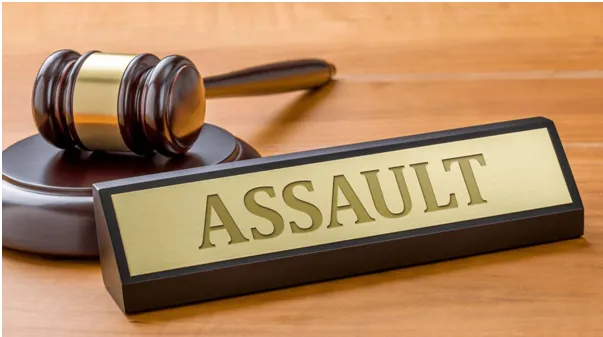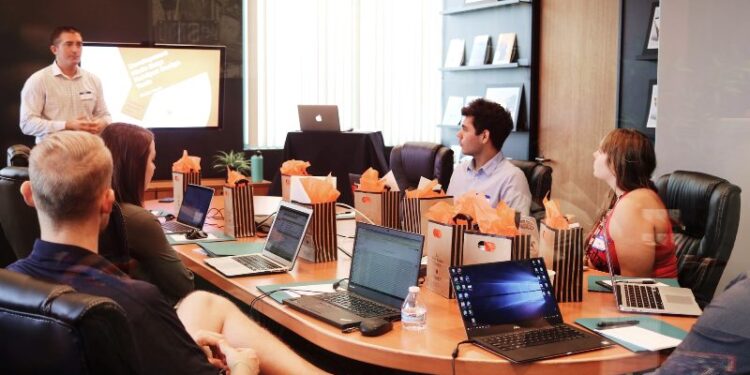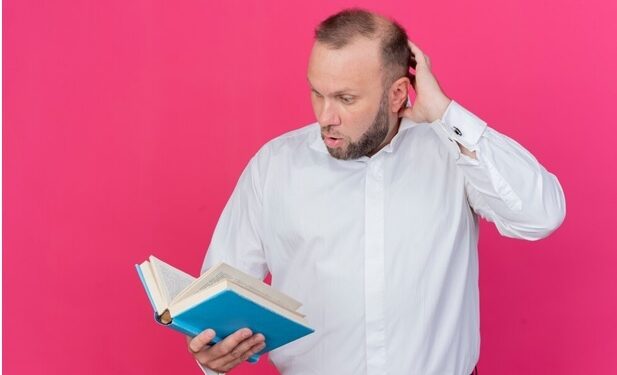Is Nepal 2nd richest water resource? :- You may wonder which is the second richest country in terms of water resources after Brazil. Is Nepal the second richest country in water resources in the world after Brazil?
We were taught in the school that yes we are second in terms of water resources. And every time someone talks about the load growth in Nepal, we discard this line.
How many times have we thought about this line? Is that absolute truth or just a false statement? In childhood, it seems correct, since we didn’t have many ways to gather information and we had to believe in textbooks or teachers. Today we return to this myth.
Short answer: NO. I know we all have big rivers and mountains in Nepal, but if we look deeply at the size of Nepal, it’s clear. We all know that our rivers flow towards India, besides having other rivers originating from India itself, doesn’t it make India even richer than Nepal? Think for a moment, you probably already know the answer.
Although we are not the second richest country in terms of water resources we have a good amount of water in our country. Let’s know about the state of water resources in Nepal.
STATE OF WATER RESOURCES
Water resources are abundant throughout the country in various forms. These include snow covers, rivers, springs, lakes, and groundwater. The country’s total renewable water resource is estimated at 237 km3 / year (225 km3 / year for surface sources and 12 km3 / year for groundwater). The per capita water availability for 2001 was 9600 m3 / per capita/year.
The layer of snow
The layer of snow in the Himalayas offers large storage of natural fresh water. Glaciers, permafrost, and glacial lakes are the main forms of water storage. There are approximately 3,252 glaciers with a total coverage of 5,323 km2 in Nepal.
Similarly, there are approximately 2323 glacial lakes located in this region with a total coverage area of 75.70 km2. Due to the impacts of global warming and the phenomenon of climate change, glaciers are retreating at an alarming rate. Also, glacial lakes are rapidly expanding.
The Glacial Lake Flood disaster (GLOF) represents an imminent risk for downstream infrastructure, homes, and livelihoods. In Nepal, at least 12 GLOF events have been reported to date and about 20 glacial lakes have been identified as potentially dangerous by GLOF.
- Drinking Water Resources in Nepal
- Points To Be Considered While Buying Water Purifier Filter – 10 Must-Know Things
River basins
All of Nepal is part of the Ganges basin and it is estimated that around 70% of the dry season flow and 40% of the annual flow of the Ganges river crosses Nepal.
It is estimated that in Nepal there are 6,000 rivers (including streams and tributaries) and that the drainage density is approximately 0.3 km / km2. The accumulated length of the rivers is 45,000 km. There are 1000 rivers longer than 10 km and about 24 of these are more than 100 km.
Rivers classification in Nepal
Rivers in Nepal can be classified into three large groups according to their origin. The first group of rivers feeds on snow types such as the main river systems: Koshi, Gandaki, Karnali, and Mahakali. They come from the snowy and icy regions of the Himalayas and their flow regimes are mainly governed by the melting of snow and glaciers.
As a result, the flow in these rivers is perennial and supports the flow during the dry season. These rivers are a reliable water source and offer potential opportunities for hydroelectric power generation and downstream irrigation.
- Importance Of Water Resources in Human Life – 6 Major Points
- Drinking Water Resource, Important, Use, Problems, Conservation in Nepal
The second group of rivers originates in the central mountains and the mountainous regions. Its flow regimes are influenced by both monsoon precipitation and groundwater. The contribution of groundwater yield maintains the minimum flow level and prevents drying during non-monsoon periods.
The third group of rivers originates in the Siwalik area. Tina, Banganga, Tilawe, Sirsia, Manusmara, Hardinath, Sunsari, and other smaller rivers are examples of rivers that belong to this group. The flow in these rivers depends mainly on the monsoon precipitation and their flow level could be significantly reduced during the non-monsoon period.
The summer monsoon is an important period in which around 60-85% of the annual output of all river systems in Nepal occurs from July to September.
Groundwater
Nepal also has abundant groundwater resources. The estimated potential of renewable groundwater in the country is estimated at 12 km3. They are an important source of domestic and agricultural uses for irrigation in the Terai regions.
Water Pollution in Nepal: Source, Causes, Solution, Effects, etc
In addition to the Terai region, cities like Kathmandu rely heavily on underground water resources to meet daily water needs. Underground water discharges are essential to maintain water levels in rivers originating in the center.






